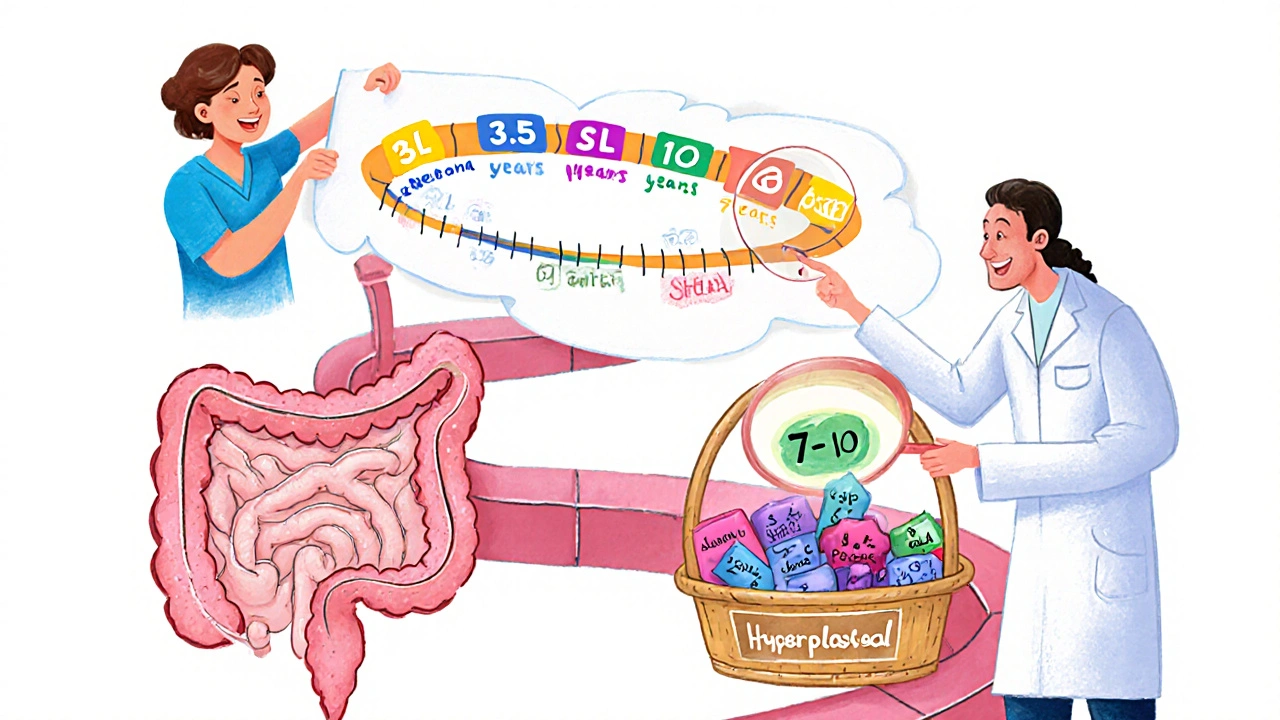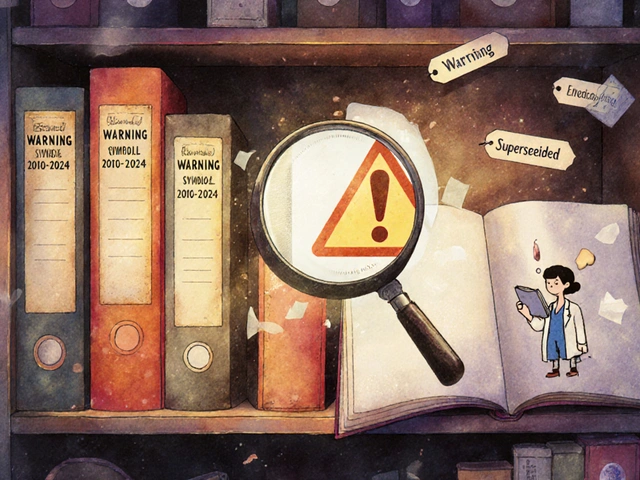
Colonoscopy Interval After Polyps: When to Schedule Your Next Scan
When colonoscopy interval after polyps, the recommended time between follow-up colonoscopies after polyps are removed. Also known as polyp surveillance schedule, it’s not a one-size-fits-all timeline—it depends on what your doctor finds during the procedure. If you’ve had polyps removed, you’re not done with screenings. You’re entering a new phase where timing matters more than ever.
Not all polyps are the same. adenomatous polyps, precancerous growths that can turn into colorectal cancer over time need closer monitoring than hyperplastic ones. Size matters too: polyps over 1 cm raise the risk faster than smaller ones. And if you had three or more polyps removed, your next colonoscopy could be due in just 3 years—not the 5 or 10 years someone with a single small polyp might wait. The colorectal cancer screening, medical process used to detect early signs of colon cancer before symptoms appear isn’t just a checkup—it’s a prevention tool. Skipping your next scan because you feel fine is like ignoring a smoke alarm because the kitchen isn’t on fire yet.
Doctors use guidelines from groups like the U.S. Multi-Society Task Force and the American Cancer Society, but your personal history changes the rules. A family history of colon cancer? That shortens the interval. Inflammatory bowel disease? That changes everything. Even if your polyps were benign, the fact that you had them means your colon is more likely to grow more. That’s why follow-up isn’t optional—it’s the next step in protecting yourself.
You’ll get a report after your procedure that says exactly when to return. But if you lost it, or your doctor didn’t explain it clearly, don’t guess. Call your provider. Ask: "What type were they? How big? How many?" Those answers control your next appointment. Waiting too long increases your risk. Going too soon wastes time and money. The right interval gives you peace of mind without overtesting.
The posts below break down exactly what happens after polyps are found, how guidelines change based on your results, what to do if you miss a scan, and how to talk to your doctor about your personal risk. Whether you’re just getting your first report or you’re on your third follow-up, you’ll find clear, no-fluff answers here.
-
20 Nov






